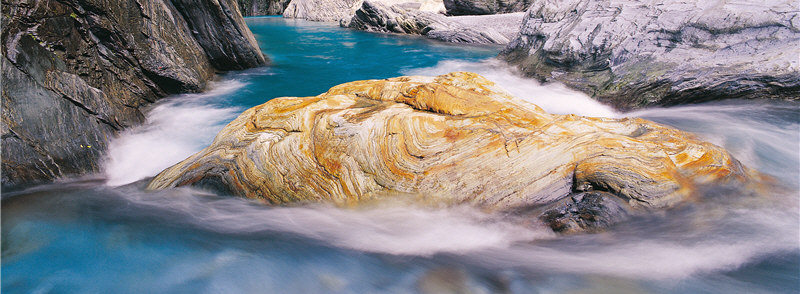
National parks are natural areas or historic sites representing the beauty and history of a country. Since the world’s first national park, Yellowstone National Park, was established in the USA in 1872, nearly 3800 national parks have been established throughout different parts of the world. The movement for national parks and nature conservation in Taiwan began in 1961 and has since led to the establishment of eight national parks on the island, including Kenting, Yushan, Yangmingshan, Taroko, Shei-pa, Kinmen, Donsha Atoll and Taijiang National Parks.
The aim of national parks is to maintain the unique natural environment and biodiversity within the parks through effective operation, management and conservation. In addition to constantly monitoring the status and changes in the parks’ environment and biodiversity, park management must take action to respond to factors threatening the park, as well as to evaluate the effectiveness of operations and management.
National parks in Taiwan are established under Articles 1 and 6 of the National Parks Act. According to Article 1, national parks are established for the purpose of preserving the nation's unique natural scenery, wild fauna and flora and historic sites and providing public recreation and areas for scientific research. The three main goals of national parks in Taiwan are:
- Conservation
- Sustainable conservation of the ecology, wild species, natural landscapes, topology, geology and cultural and historical sites in the park for current and future generations; to safeguard the national land, and to engage in water and soil conservation to ensure the quality of life.
- Education and Recreation
- National parks provide educational and recreational activities to develop public awareness of the beauty of nature and establish environmental values.
- Research
- National parks are rich in ecological resources. In addition to offering resources for scientific research and environmental education, they can contribute to people’s understanding of the natural and cultural assets of the country. Thus national parks are entrusted with the following four functions:
- To protect the natural environment;
- To preserve species and genes;
- To provide public recreation while developing the local economy;
- To promote academic research and environmental education.
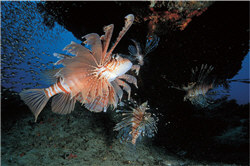
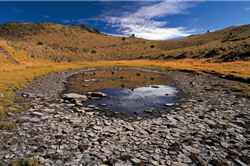
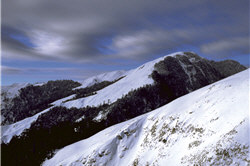
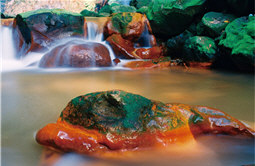
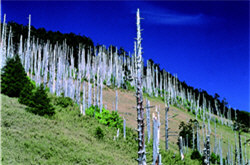

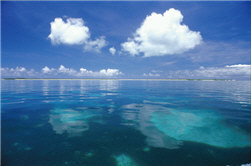


![Text size [Small]](/media/system/images/font_small.jpg)
![Text size [Medium]](/media/system/images/font_normal.jpg)
![Text size [Large]](/media/system/images/font_big.jpg)




